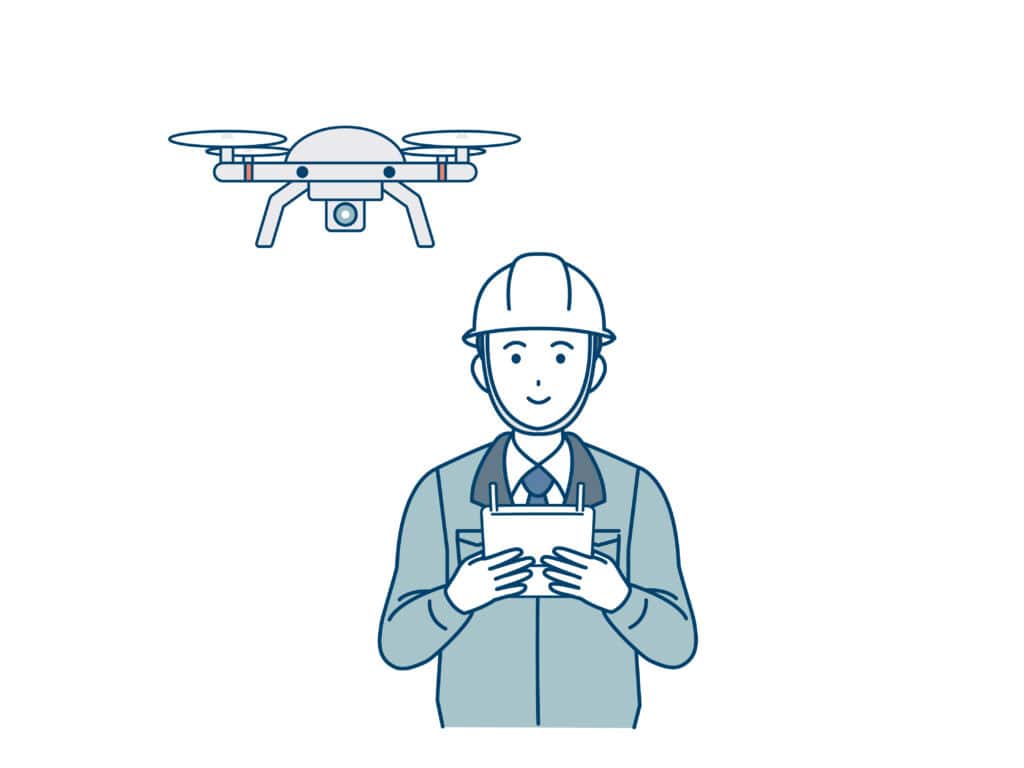The future of robotics in construction is the increased use of autonomous machines and drones for tasks such as site surveying, 3D printing, and material handling, which will improve safety, efficiency, and productivity. The built environment industry has always been characterized by its reliance on manual labor. However, with the advent of advanced robotics technology, the construction industry’s future is set to change dramatically. Robotics has already begun to make inroads into the construction sector, with the use of machines in tasks such as excavation, demolition, and bricklaying. However, the use of robotics in the built environment industry will expand significantly in the coming years or in the future.
One area where robotics is likely to have a significant impact is in the field of 3D printing. This technology is being increasingly applied to construction, enabling the creation of complex shapes and designs that would be difficult to achieve using traditional construction methods such as manual referencing and paper-based procedures. The use of robots in 3D printing is set to revolutionize the construction industry by enabling the creation of 3D printed buildings in a matter of days. This technology also significantly reduces material waste, as objects are only created using the exact amount of material required.
Another area where robotics is set to make a significant impact in the construction and built industry is in the field of autonomous vehicles. Here are 3 examples of autonomous vehicles in the construction industry:
Autonomous Excavators:
Self-driving excavators are equipped with sensors and GPS technology that allow them to operate autonomously, performing tasks such as digging and grading.

Autonomous Dump Trucks:
Self-driving dump trucks are being used on construction sites to haul materials such as dirt, sand, and gravel.

Autonomous Drones:
Drones equipped with cameras and sensors are being used on construction sites to survey and map the terrain, inspect structures, and monitor job progress.

These vehicles are equipped with sensors and cameras, enabling them to navigate construction sites and avoid obstacles effortlessly. They can also work around the clock, which can help to speed up construction timelines. They can also perform tasks that would be too risky for humans, such as working at great heights or in areas with toxic substances.
As technology continues to develop and costs decrease, the use of robots in construction is set to expand significantly in the coming years. From 3D printing to autonomous vehicles and hazardous environment work, robots are set to transform the built environment industry by increasing efficiency, improving safety, and reducing costs. As these technologies become more widely adopted, The future of robotics in the construction industry is extremely promising.










